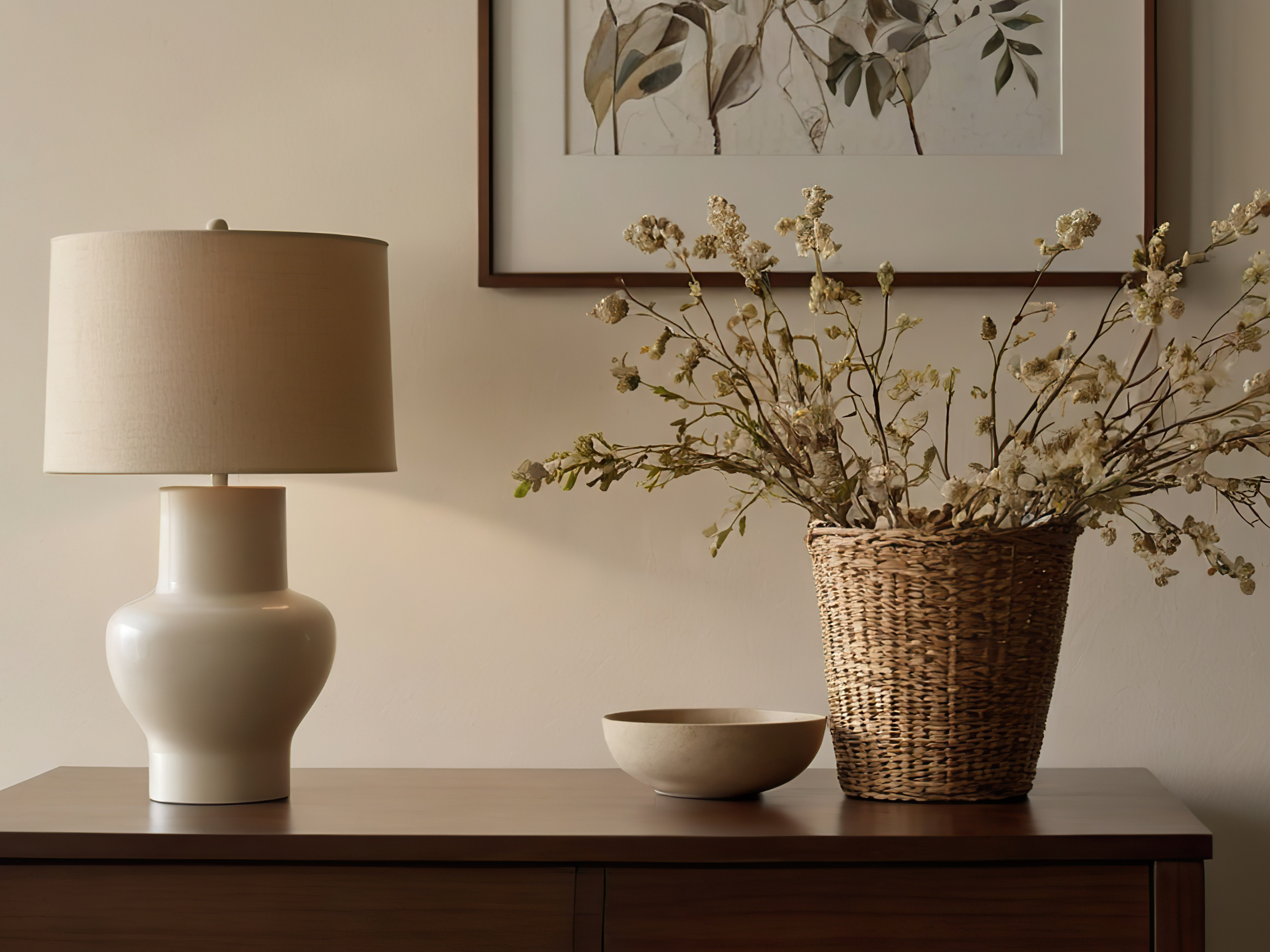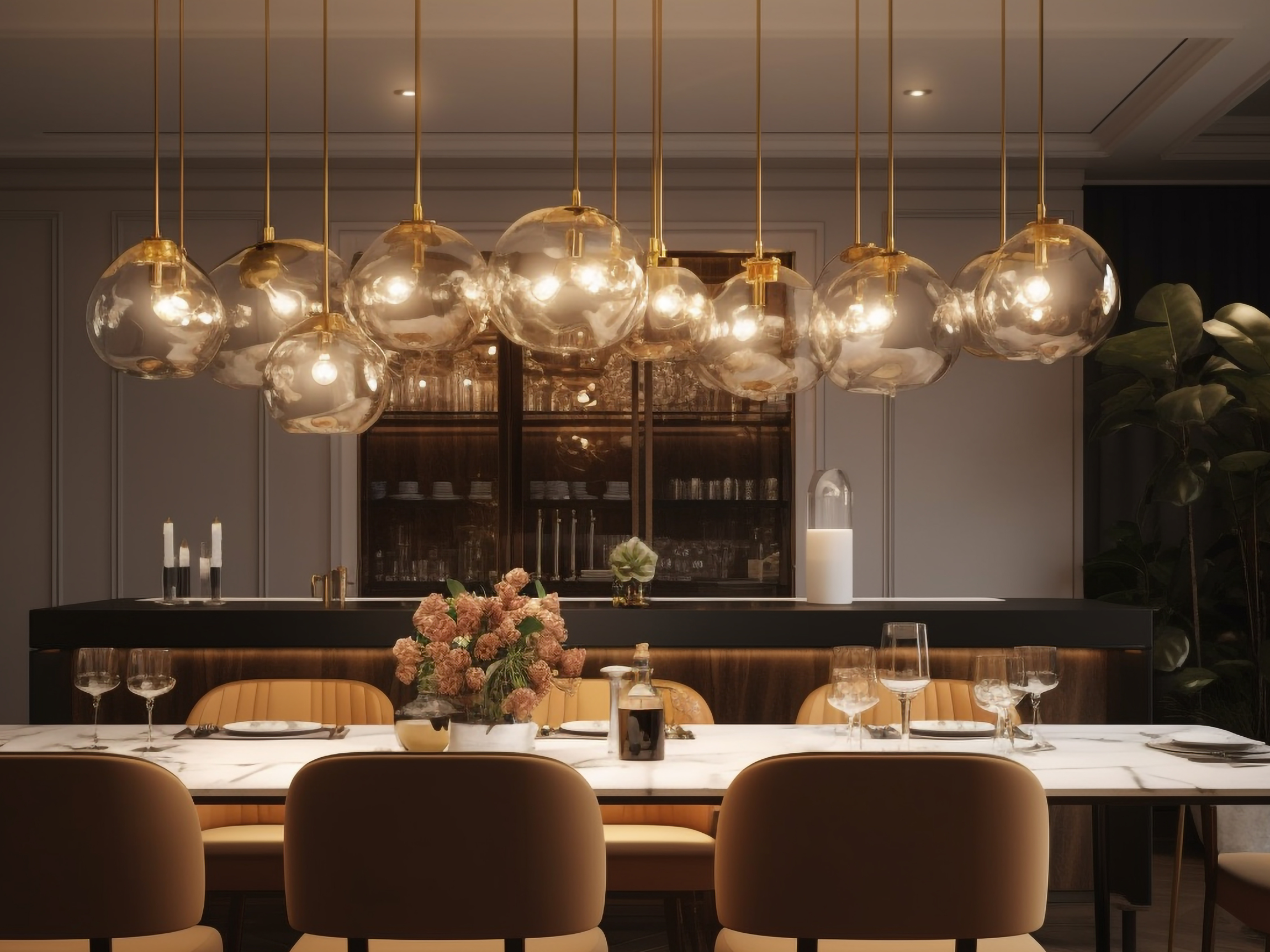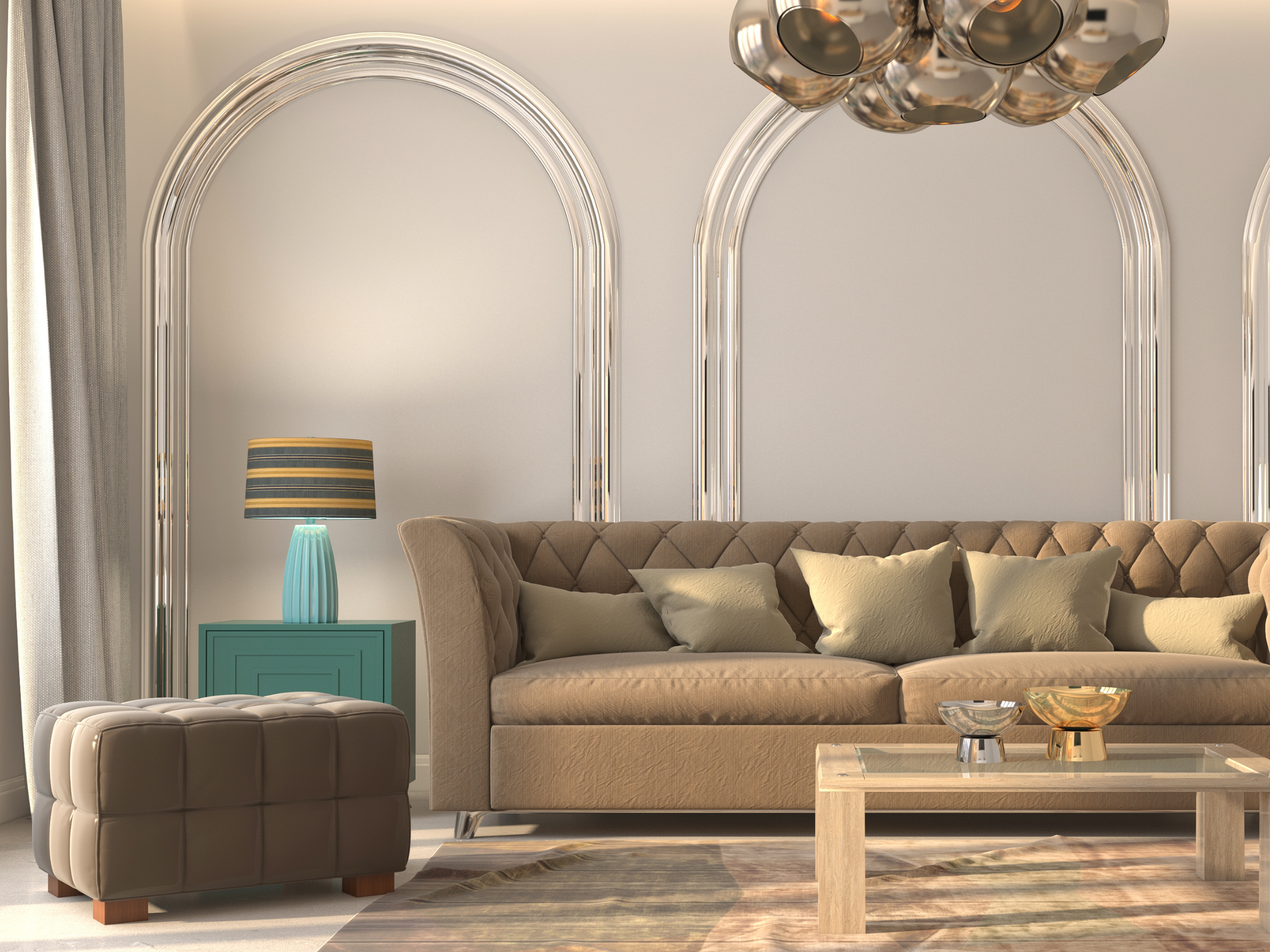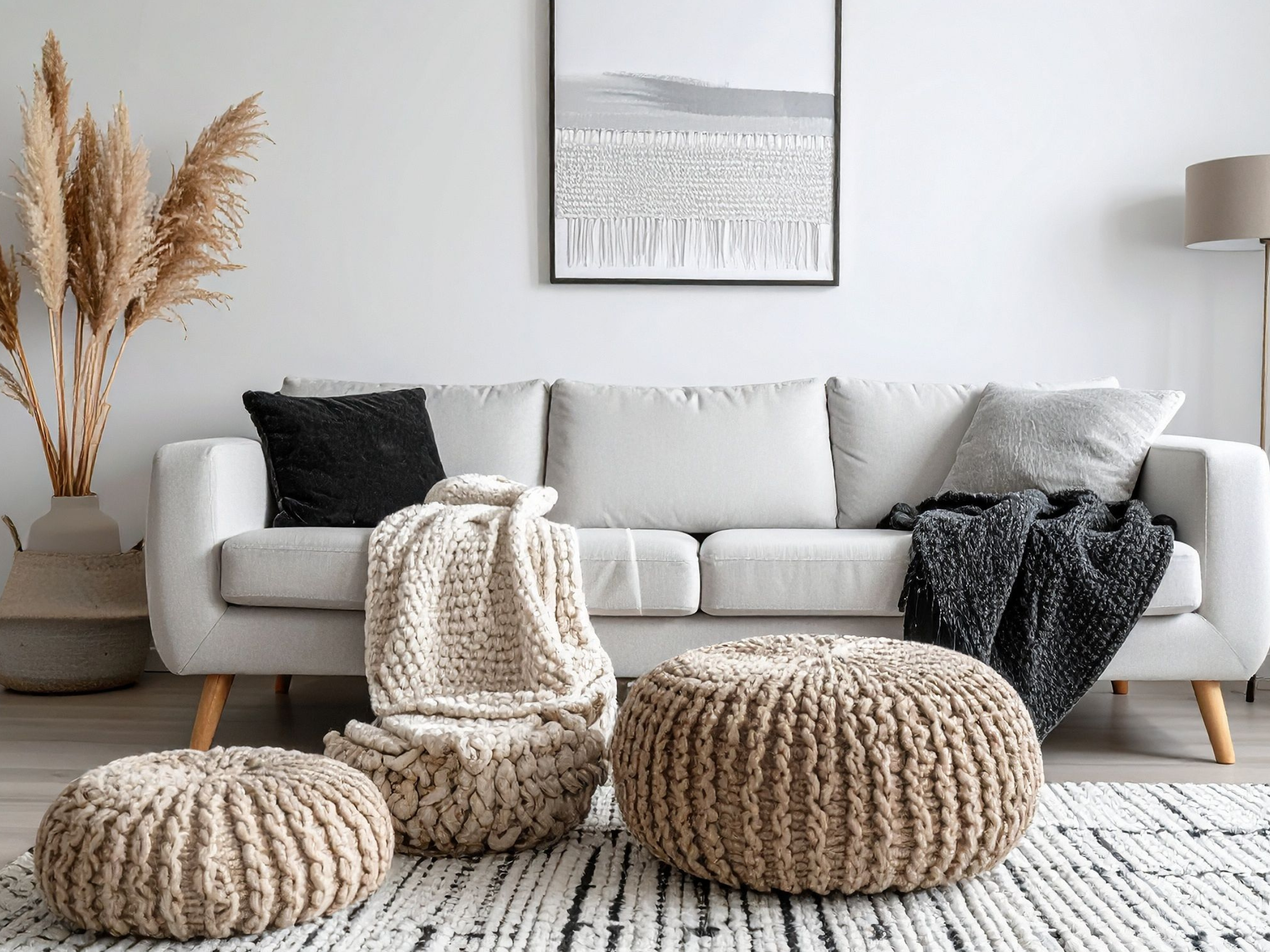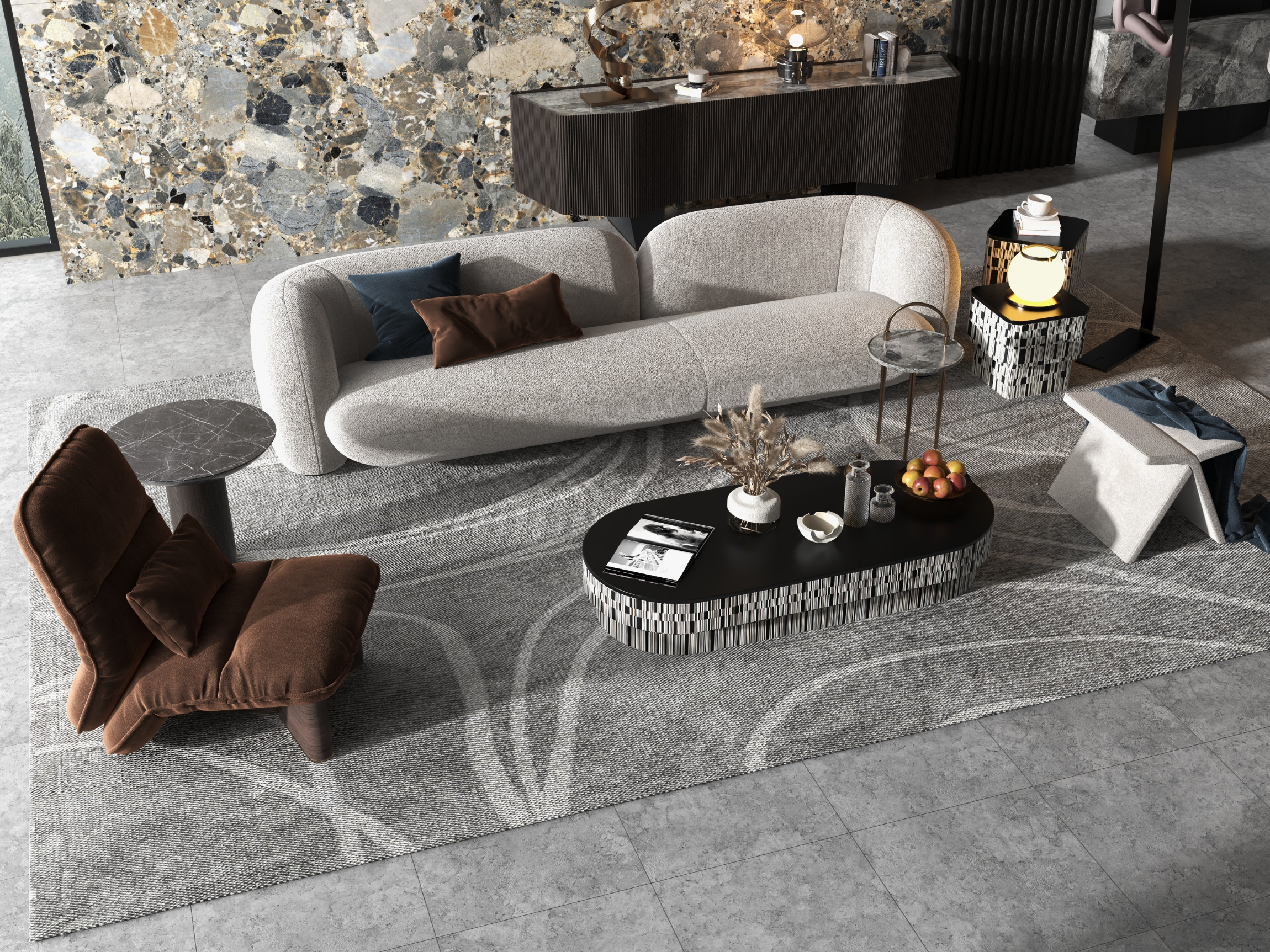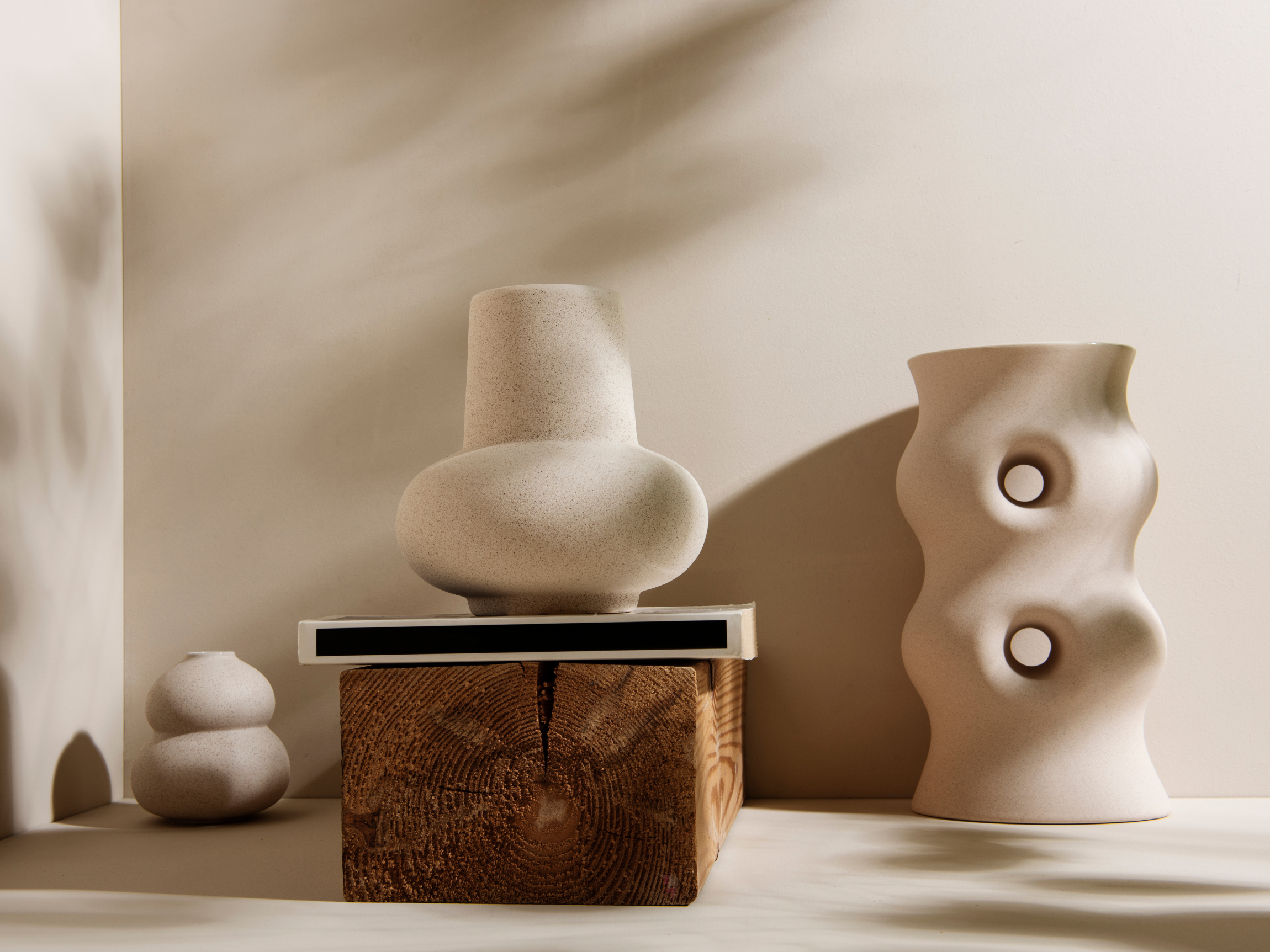
The Art of Minimalist Décor: Small Details That Make a Big Impact
Minimalism is more than a design trend — it’s a lifestyle philosophy centered on simplicity, clarity, and intentionality. In home décor, minimalist style means focusing on what matters most and eliminating excess. But contrary to the belief that minimalism creates cold or empty spaces, it can be warm, inviting, and deeply personal when styled with care.
The secret lies in the details. Small, intentional choices make a big impact in minimalist décor, turning understated spaces into ones that feel thoughtful and refined. In this guide, we’ll explore how to master the art of minimalist décor through subtle yet powerful touches.
The Philosophy Behind Minimalism
Minimalist décor is about more than aesthetics. It emphasizes function, harmony, and calm. Spaces are stripped of unnecessary clutter, allowing key elements to stand out. This doesn’t mean bare rooms — it means rooms designed with purpose.
The goal is to create environments that feel spacious, balanced, and tranquil. Every piece should earn its place, either by serving a function or adding beauty without overwhelming the space.
Start with a Neutral Foundation
Minimalist interiors often begin with a neutral palette: whites, grays, beiges, or soft earth tones. These colors create a calm backdrop that enhances light and makes spaces feel larger. Neutral walls, floors, and large furniture pieces provide a versatile foundation that can be layered with subtle details.
Textures play an important role here. Smooth surfaces paired with natural materials like wood, linen, or stone prevent the space from feeling sterile. For example, a neutral sofa in linen fabric paired with a natural oak coffee table achieves both simplicity and warmth.
Less Furniture, More Function
Minimalism values quality over quantity. Instead of filling a room with multiple pieces, invest in fewer but higher-quality items. A well-crafted sofa, a sturdy dining table, or a beautifully designed armchair becomes a statement piece in itself.
Functionality is equally important. Opt for multipurpose furniture like a console that doubles as storage or a bench that can be used for seating and display. This approach keeps the space uncluttered while ensuring every item serves a purpose.
The Power of Small Details
In minimalist décor, small details matter more than ever because there are fewer distractions. A sculptural vase on a console table, a framed piece of abstract art, or a simple linen throw can transform the atmosphere of a room.
-
Lighting: A sleek floor lamp or pendant with clean lines provides function while acting as an understated design element.
-
Textiles: A single textured cushion or carefully draped throw introduces warmth without overwhelming.
-
Décor Objects: Minimalist ornaments in stone, glass, or metal add subtle personality.
These details may be small, but they carry significant weight in shaping the room’s character.
Embracing Negative Space
One of the hallmarks of minimalist design is the use of negative space — the areas intentionally left open. This breathing room allows individual pieces to stand out and creates a sense of calm.
Resist the temptation to fill every surface or wall. Instead, let a single statement artwork or one carefully chosen accessory become the focal point. Negative space ensures your home feels intentional rather than cluttered.
Texture and Material Choices
Without heavy ornamentation, minimalism relies on texture to add depth. Incorporating natural and tactile materials keeps the space engaging:
-
Wood: Brings warmth and organic character.
-
Stone: Adds strength and timelessness.
-
Linen and Cotton: Light, breathable fabrics for softness.
-
Metal Accents: Matte black or brushed brass for modern refinement.
By mixing textures within a neutral palette, you can achieve a minimalist look that feels layered and inviting rather than stark.
Minimalist Storage Solutions
Clutter disrupts minimalism. Thoughtful storage ensures everything has a place without breaking the visual flow. Sideboards, chests of drawers, or built-in shelving units keep essentials tucked away. Open shelving can also work, but keep displays simple — a few books, a plant, and one decorative item are more impactful than crowded arrangements.
Even in small spaces, minimalist storage creates order and helps maintain a clean aesthetic that supports both function and beauty.
Minimalism in Different Rooms
Living Room
Keep furniture minimal but impactful. A sofa, coffee table, and armchair may be all you need. Layer with one rug, one or two cushions, and a single piece of wall art. Lighting is crucial here — opt for a clean pendant or slim floor lamp.
Dining Room
The dining table is the star. Choose a timeless material like wood or marble, then pair it with chairs that offer both comfort and clean design. A single pendant or chandelier above the table anchors the space.
Bedroom
Minimalist bedrooms prioritize rest and serenity. A simple bed frame, two bedside tables, and a soft rug may be all that’s needed. Keep bedding neutral, adding interest through textures like linen or quilted throws.
Bathroom
Focus on clean lines and functional storage. Neutral tiles, sleek fixtures, and one or two decorative accents — like a plant or a ceramic soap dish — keep the space serene.
Avoiding Common Minimalist Mistakes
-
Making Spaces Too Bare: Minimalism doesn’t mean emptiness. Layering textures and adding small accents prevents a cold, sterile look.
-
Overusing One Texture: Balance smooth surfaces with tactile ones. A glass table next to a linen sofa creates harmony.
-
Neglecting Warmth: Minimalism should feel inviting. Use warm wood tones, soft fabrics, or warm lighting to soften the look.
-
Following Trends Blindly: Stick to timeless pieces rather than chasing trends that will quickly date your home.
The Emotional Impact of Minimalism
Minimalist décor is about more than looks — it affects how you feel in your home. By reducing clutter and focusing on essentials, you create a space that feels calm and restorative. The small details you choose reflect your personality, allowing your home to feel both personal and peaceful.
